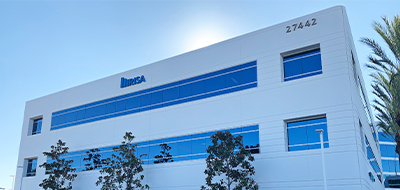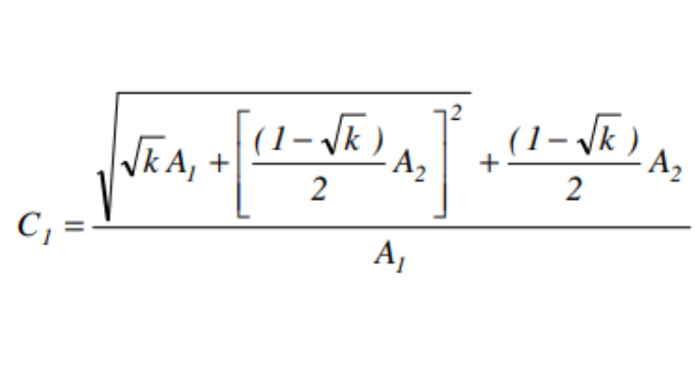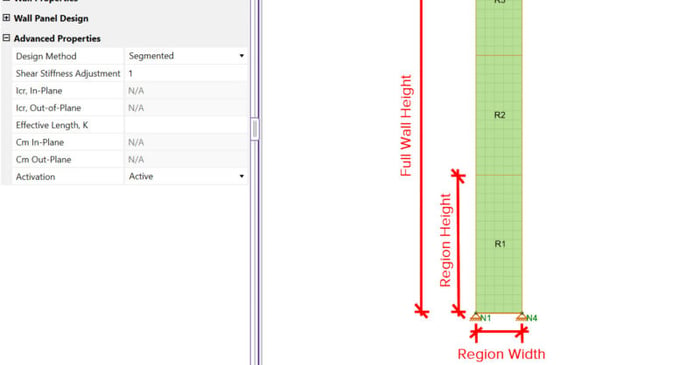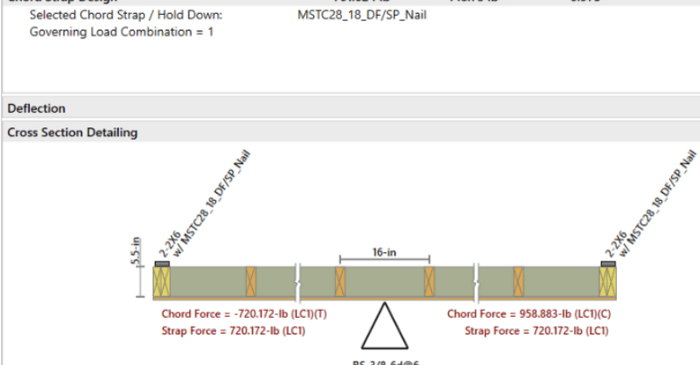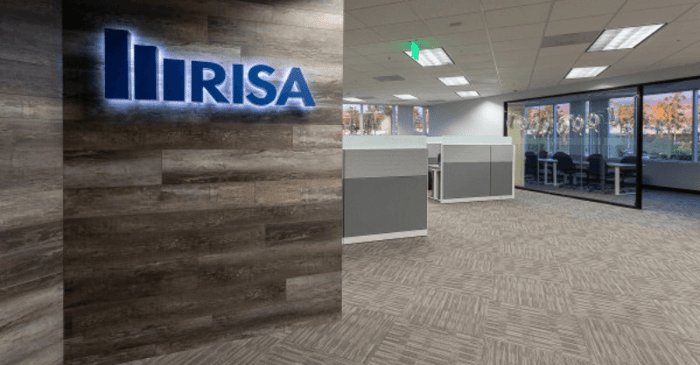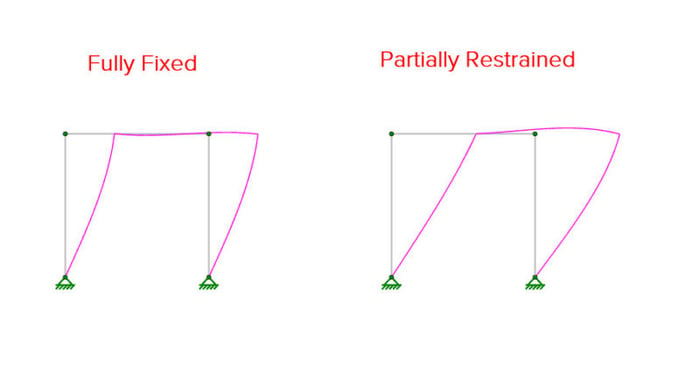
November 1, 2018
Soil Overburden on Mat Slab
RISAFoundation can apply soil overburden to a mat slab to account for the weight of the soil above the foundation. Simply enter a Soil Overburden pressure value for your foundation design in the Slabs spreadsheet. The soil overburden load is utilized to help the mat slab resist overturning during...



